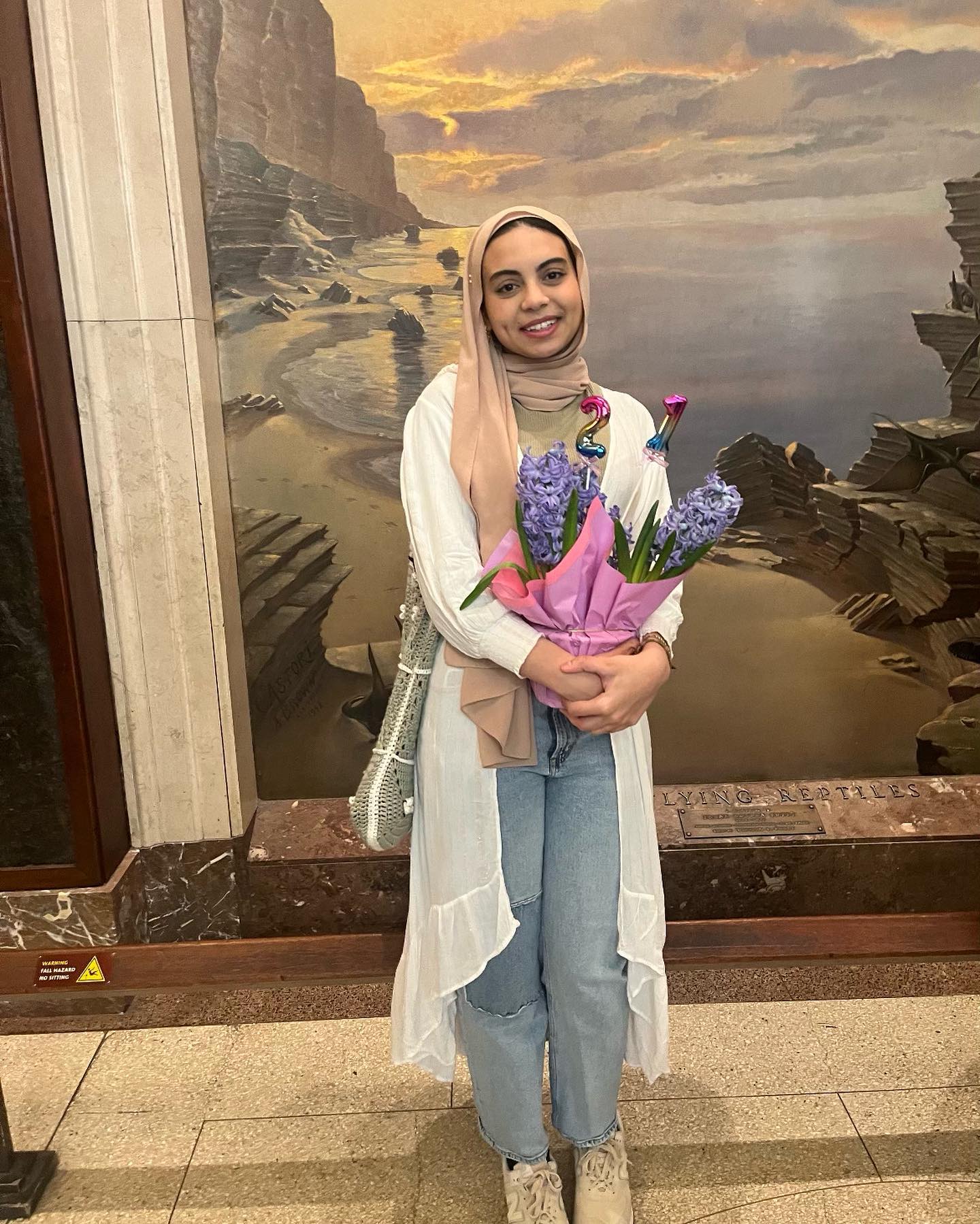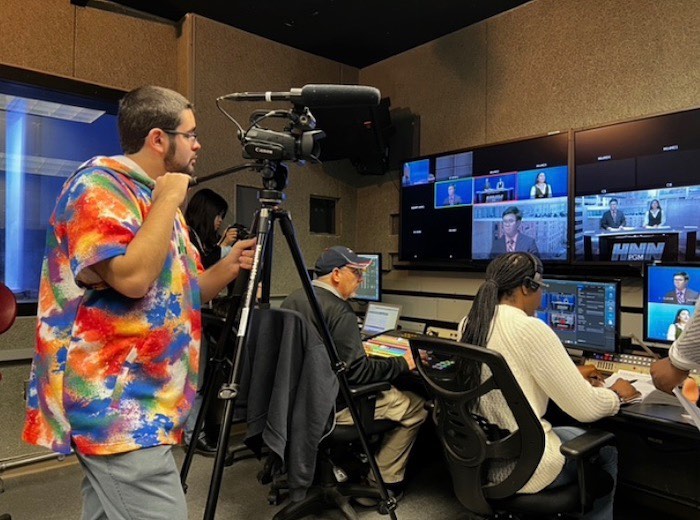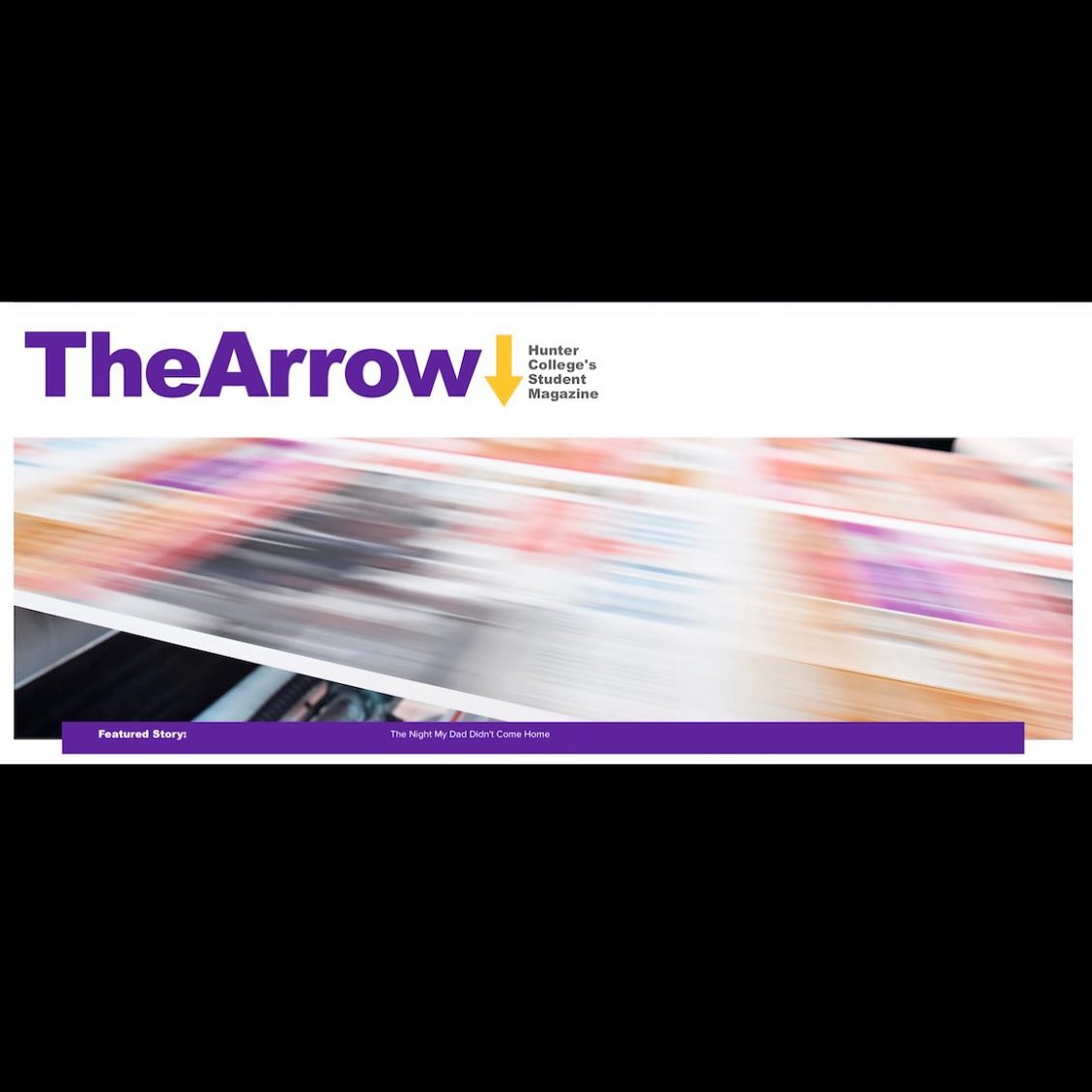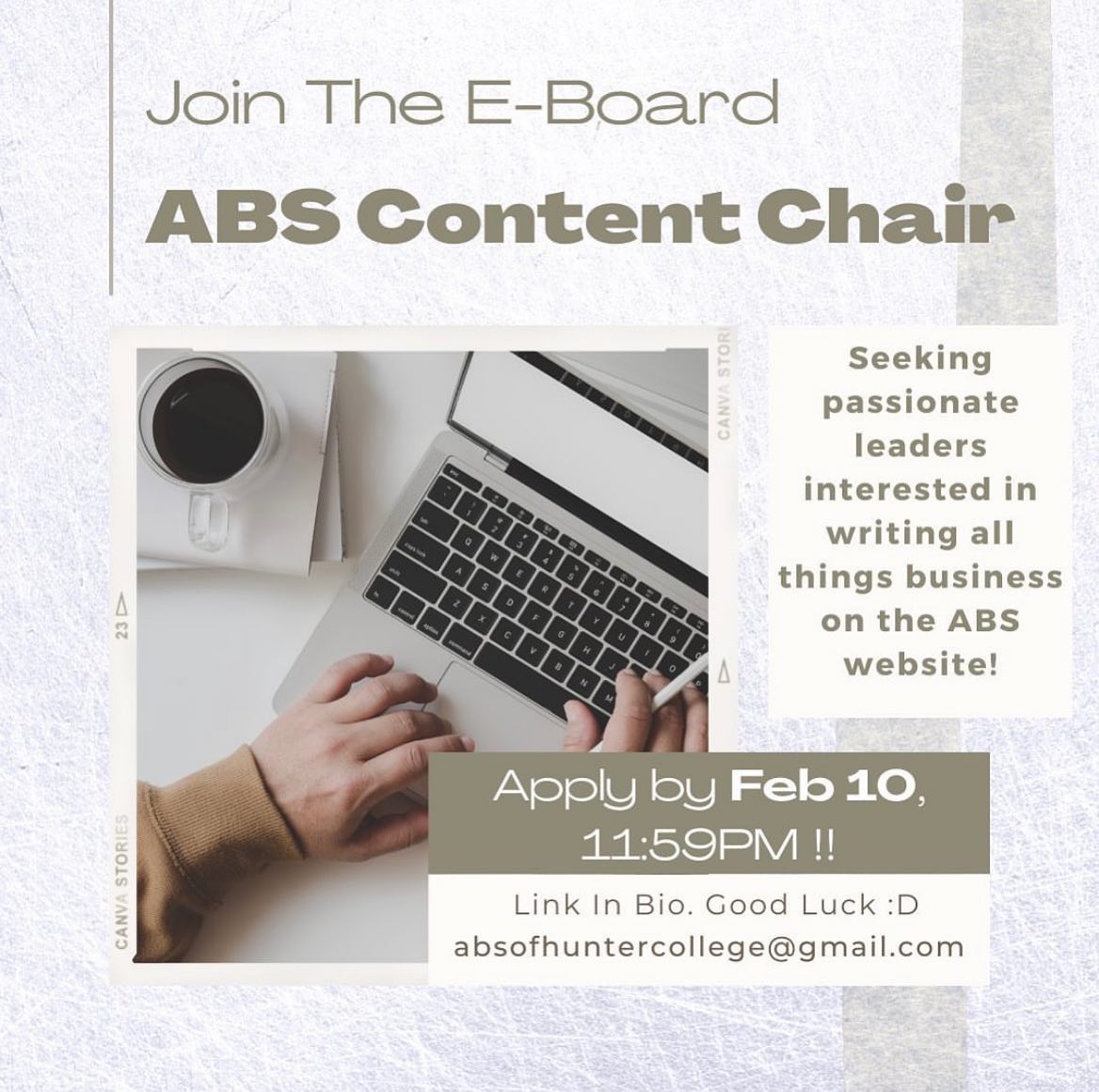First impressions count.
Your cover letter is the first contact you will have with a potential employer and its purpose is simple: to get you an interview. You want to introduce yourself and tie the experience listed on your resume directly to the job description. The cover letter must be free of errors and prove that you can focus and devote careful attention to a task. To follow are some instructions and tips.
1. It’s all about you AND all about them.
Your cover letter must prove two things:
that the skills and attributes you possess will benefit their organization;
that you have specific and cogent reasons for wanting to work with them, rather than anybody else.
Some recruiters say your cover letter should focus on you and your skills and what you will bring to the organization that it does not already have or that it needs. This is especially true if you have an expertise in a certain technology or language or subject. Others argue that companies want to know that you know all about them – their product or show or organization. For instance, the producers at Nightline will want to know that you watch the show, and understand its tone and focus. Look at the description and be sure the words relate directly to those in your cover letter and resume. If the employer is looking for teamwork, highlight a team experience in your resume and be sure to include a team-related accomplishment in your cover letter.
2. Follow proper letter format
Cover letters should follow business letter format, and include the following:
* Sender’s name, address, phone, email and website (can be centered or flush left in the right corner)
* Date (follow AP Style)
* Employer’s name, title, company name, address
* Salutation (Dear…; use the honorific of Mr. or Ms.; if gender is unclear, call)
* Body paragraphs
* Closing (Sincerely, etc.), signature (PDF if you can) and your full name
3. Keep it concise
If you can, keep the letter on one page, or three to four paragraphs with three to five sentences each.
4. Do not rehash your resume
Think in narrative style with your cover letter. Don’t make it a list of your accomplishments, but find ways to highlight your experiences or give examples of how you gained your skills or used your skills in a smart way.
5. Use the appropriate tone
A cover letter is a formal document that has to be written in a particular style. But that does not mean it should be overly formal. It is best to use neutral language, and to avoid jargon and technical terms, unless they are directly relevant to the post you are applying for. Avoid contractions: write I am applying rather than I’m applying; I have gained, not I’ve gained.
6. Check, double check and check again
There are two main reasons for doing so. Most importantly, to avoid spelling mistakes. A single spelling mistake usually means instant rejection. It suggests not only that your spelling may be shaky, but also that you are not thorough.
Second, avoid repetition. Do not present the same information twice in different words, and try to avoid repeating words, e.g. career, skills, goals, unnecessarily.
If you can, get a partner, colleague, or friend to read the letter over. They may spot things you have missed.
Not sure where to start?
Don’t hesitate to be creative, but if you are really stuck, here’s a formula:
* Opening paragraph: Three to five sentences maximum. Mention the position you are applying to/interested in, briefly introduce yourself, and indicate where you learned of the opportunity.
* Body of letter: Usually one or two paragraphs. Share detailed examples of your qualifications for the position’s specific requirements. Many students choose to use one paragraph to discuss previous work experiences and another one to discuss academic experiences or leadership experiences. Choose whatever combination communicates your qualifications most effectively.
* Closing: Three to four sentences maximum. Restate your enthusiasm for the position.
Cover Letter Checklist
* Use action verbs in your cover letter that reflect the job description.
* Be professional and not too familiar.
* Use proper grammar.
* Follow AP Style for all news organizations.
* Check for spelling and punctuation errors.
* Address the letter to a person. Call the organization to see if they can provide you the correct name and title of the recruiter or hiring manager and get his/her correct title. Do not use “To Whom It May Concern.” If no name is available, address letter this way: To the Hiring Manager, or, To the Chair of the Hiring Committee.
* Use paragraph form, not bullet points.
* Do not copy and paste content directly from your resume to your cover letter.
* Do not be forward in requesting an interview.
* Keep to one page.
* When sending your letter by email, write two to three sentences that introduce yourself and mention the position. Include your cover letter and resume as attachments. Do not cut and paste your cover letter into the body of the email.
* Submit cover letter and resume in PDF format.











